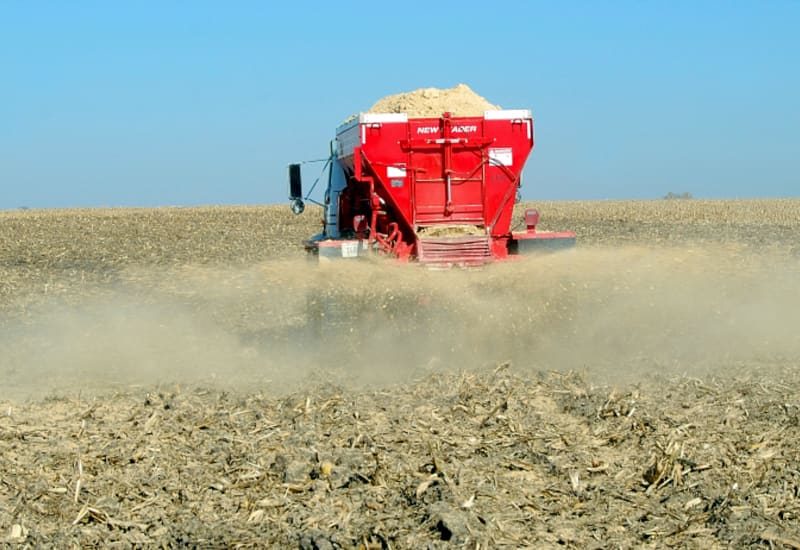No-Till Farmer
Get full access NOW to the most comprehensive, powerful and easy-to-use online resource for no-tillage practices. Just one good idea will pay for your subscription hundreds of times over.

The following article is based on Ken Curtis' presentation at the 2019 National No-Tillage Conference. To watch other presentations from the event, click here.
No-tilling about 2,000 acres in Prairie City, Ill., Ken Curtis calls the area where he farms “Forgotonia.” Nestled between the Quad cities, Peoria and Quincy in a region without any interstates, he’s blessed with good soils of only 3 different types. “We’ve got good dirt, you just can’t get there,” he jokes.
A fourth-generation farmer, Curtis grew up with traditional farming practices including fall discing and field cultivation but switched to no-till in 1985, not because they had to but “because we thought there was a better way of farming.”
Like many long-term no-tillers, Curtis has tried a variety of management strategies to reduce erosion and keep the soil in place. “The big thing that gives us an advantage over the rest of the world is our soil. That’s our factory,” he says. “We’ve got to take care of it.”
From using a paraplow to practicing weed-and-feed, he's always searching for ways to be more efficient and effective while also maintaining productivity. And over time, he's managed to increase both corn and soybean yields substantially. In 1984, for example, he planted corn at a population of 24,500 with a goal of harvesting 175 bushels per acre. His soybean population was 180,000 with a goal of 50 bushels per acre. By 2017, he'd pushed his corn population to 35,500, which yielded 272 bushels per acre, while…